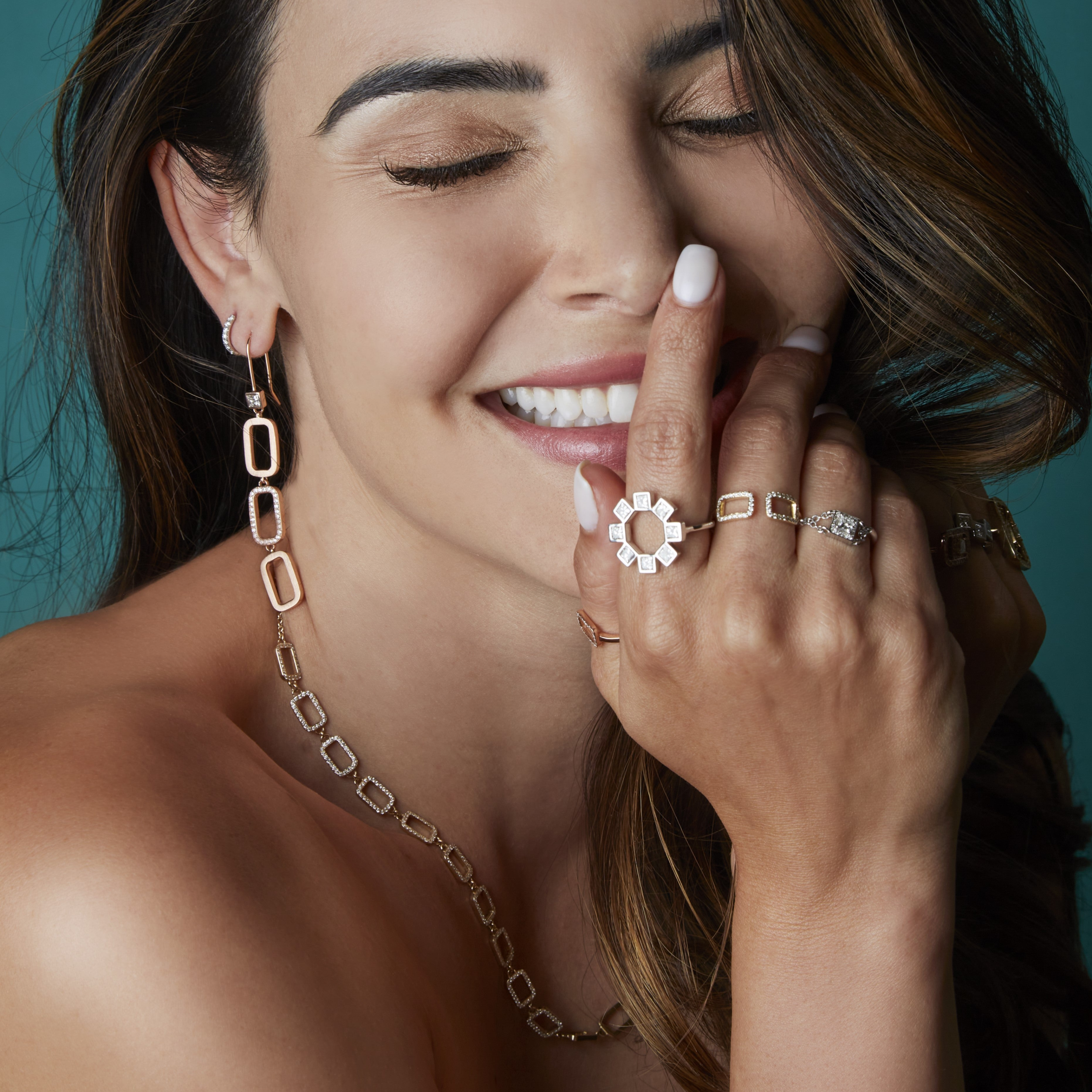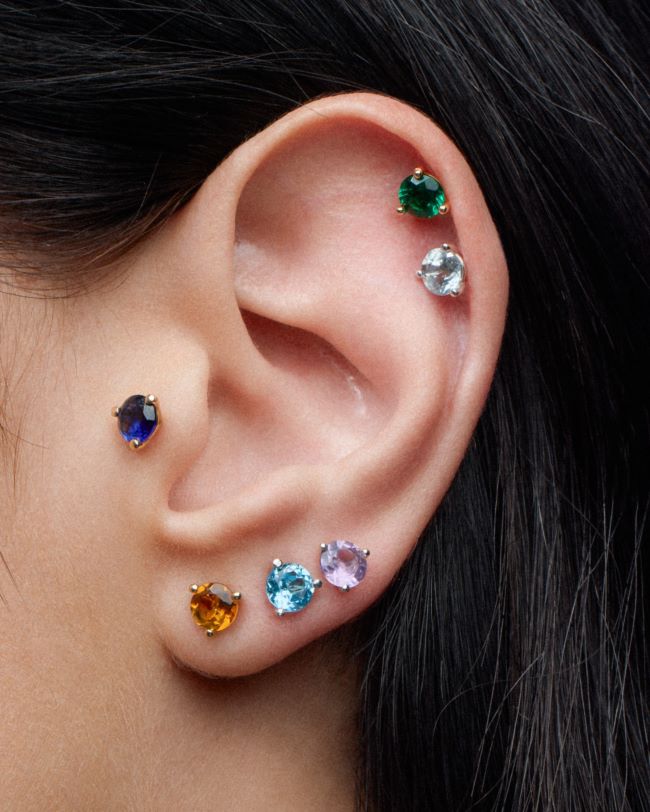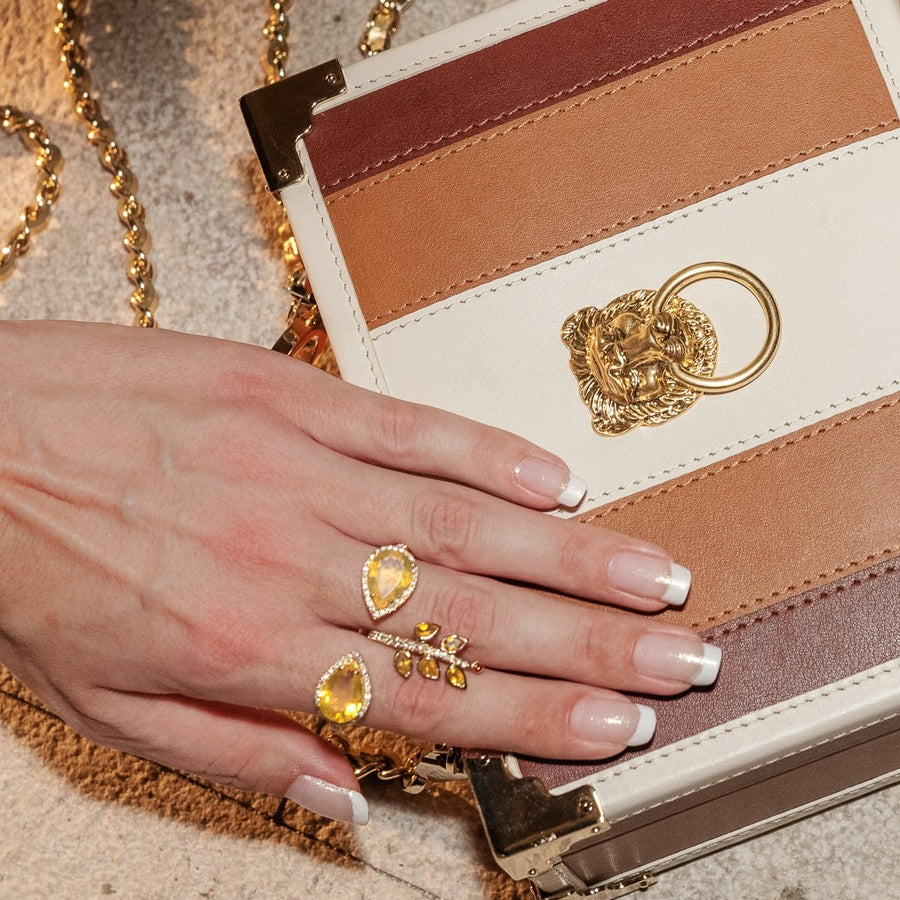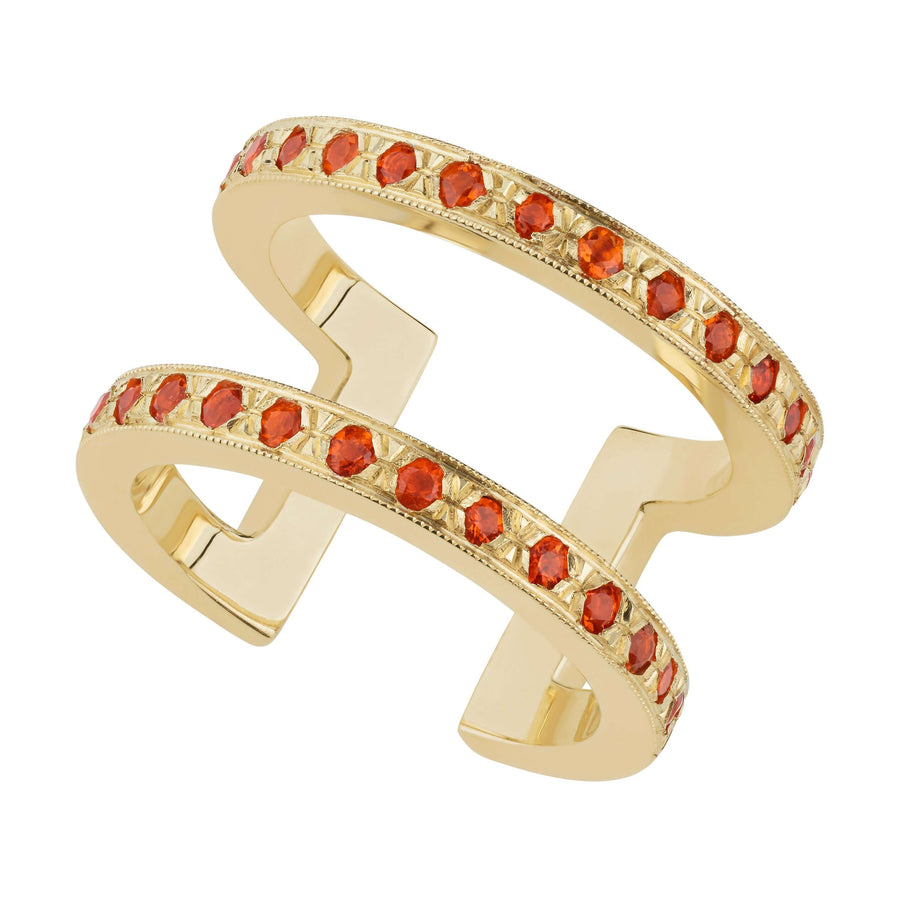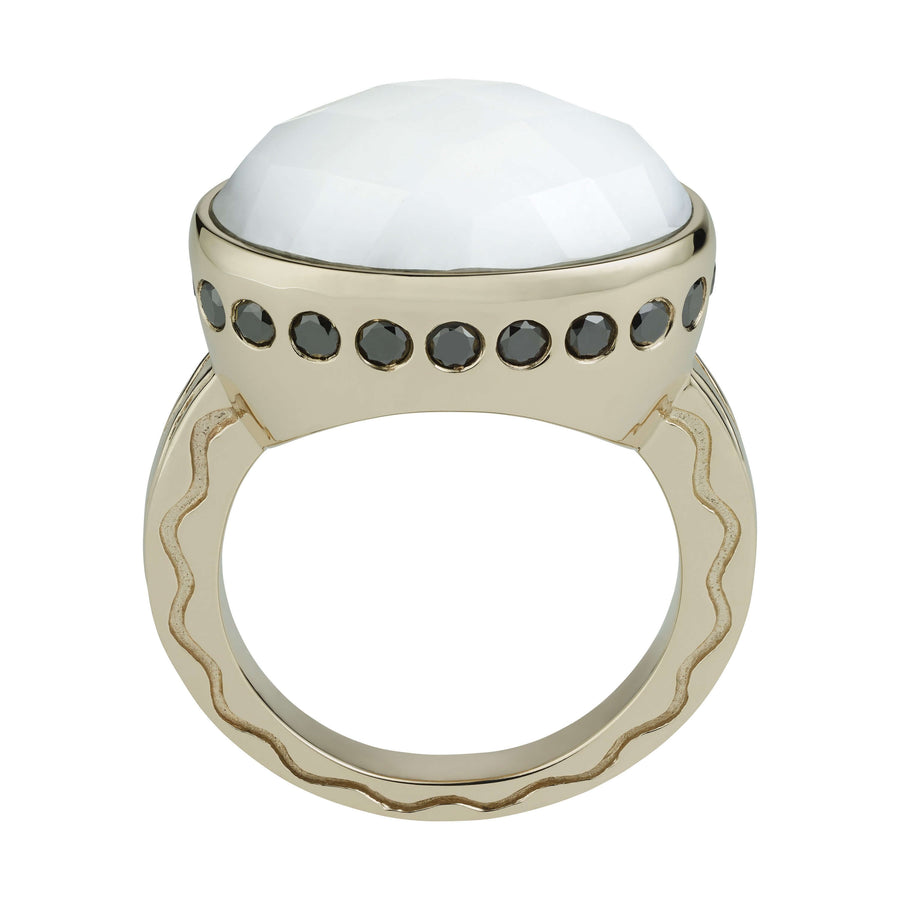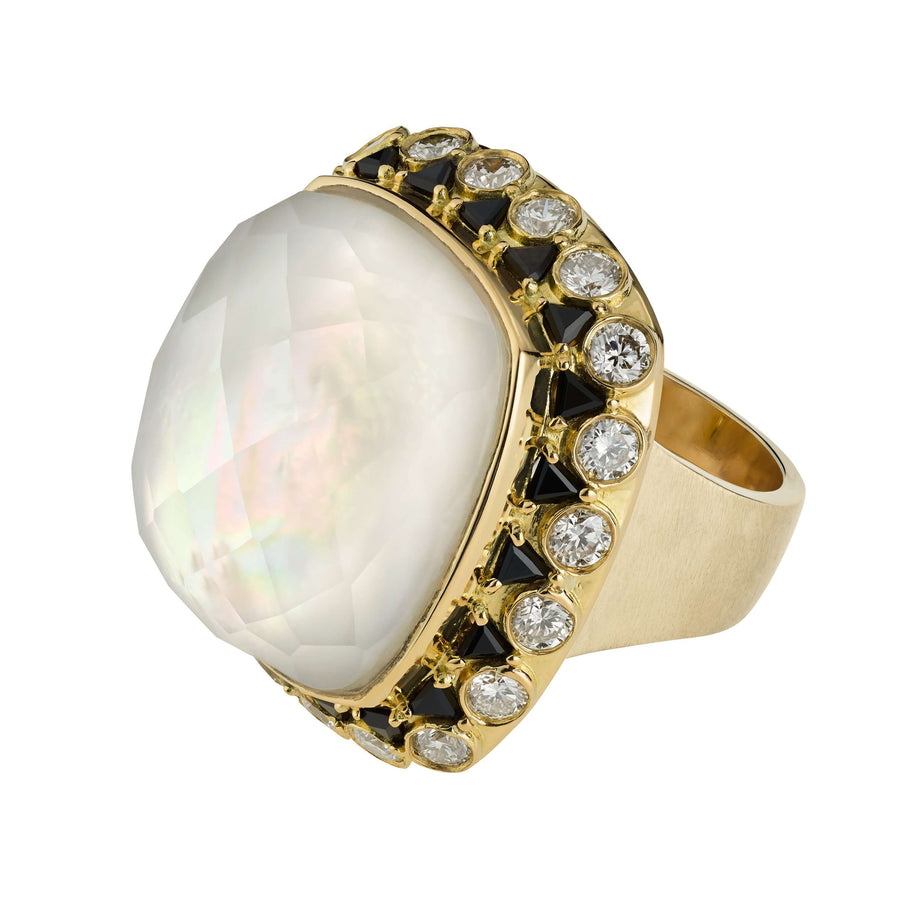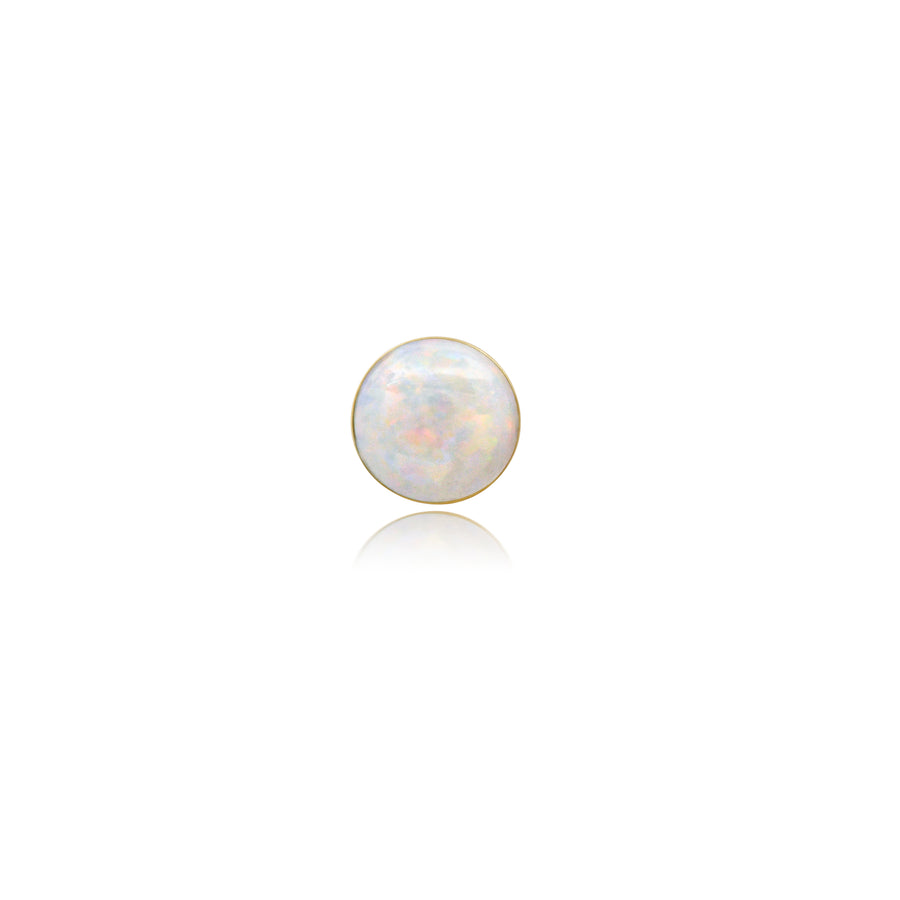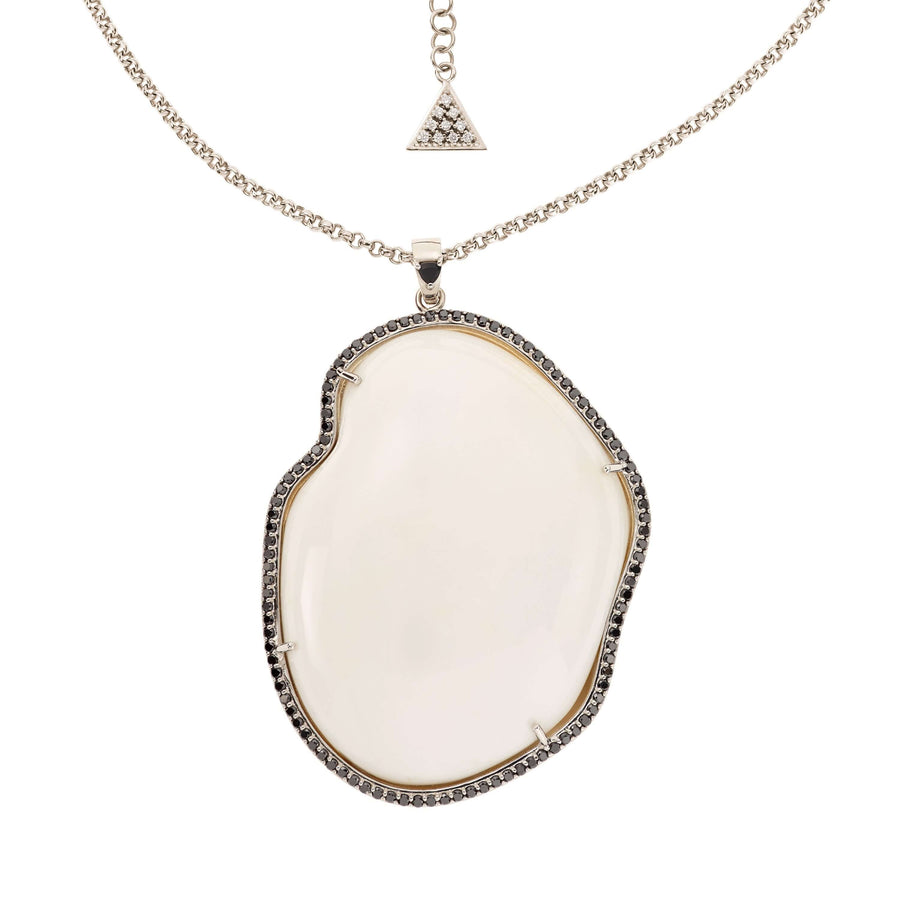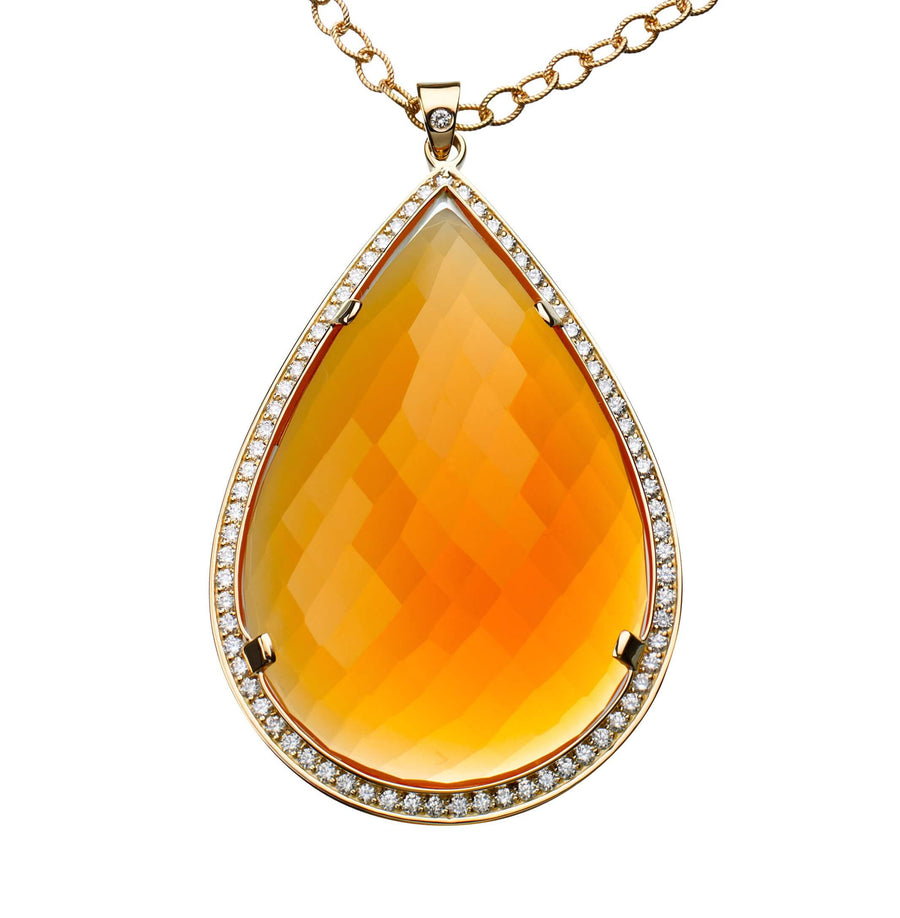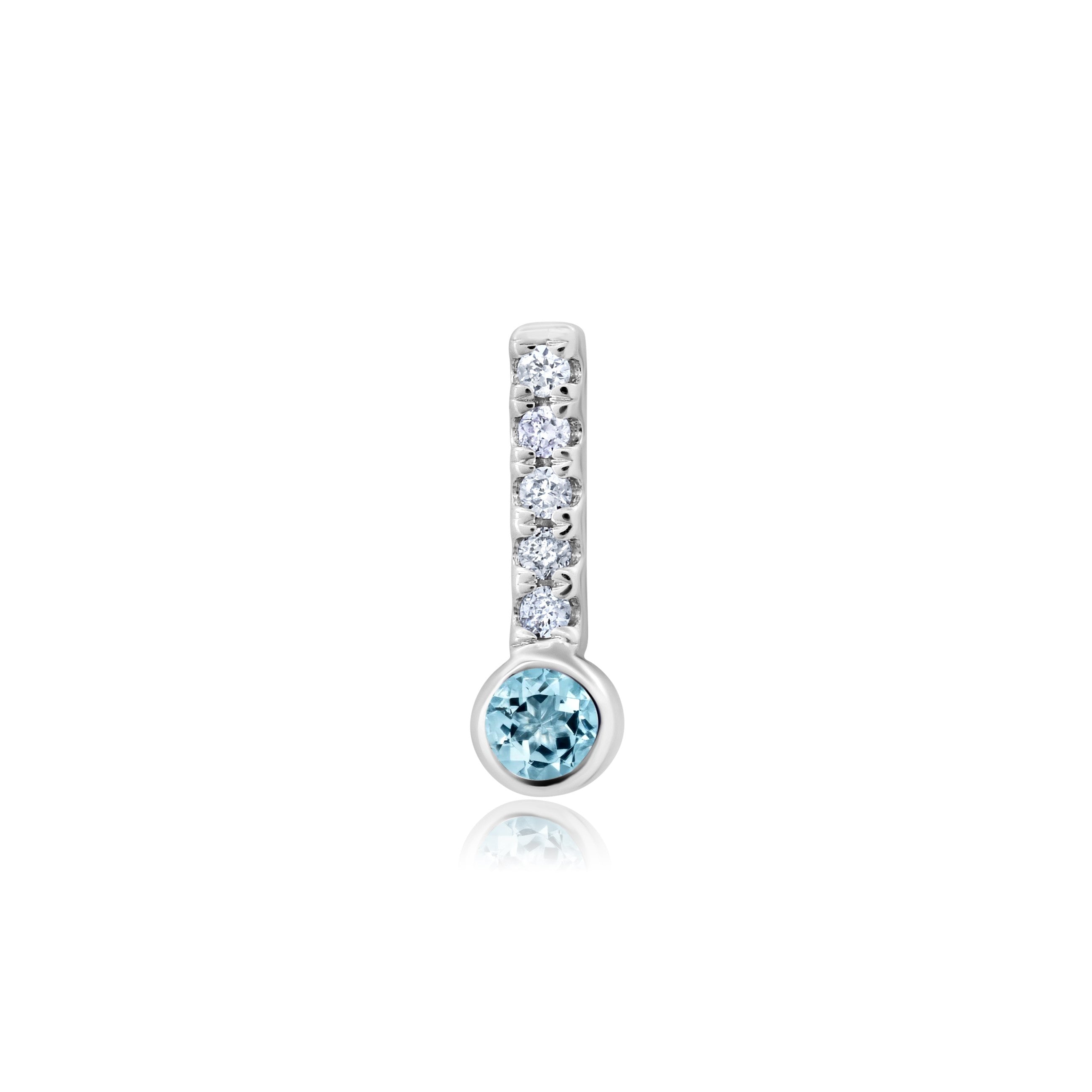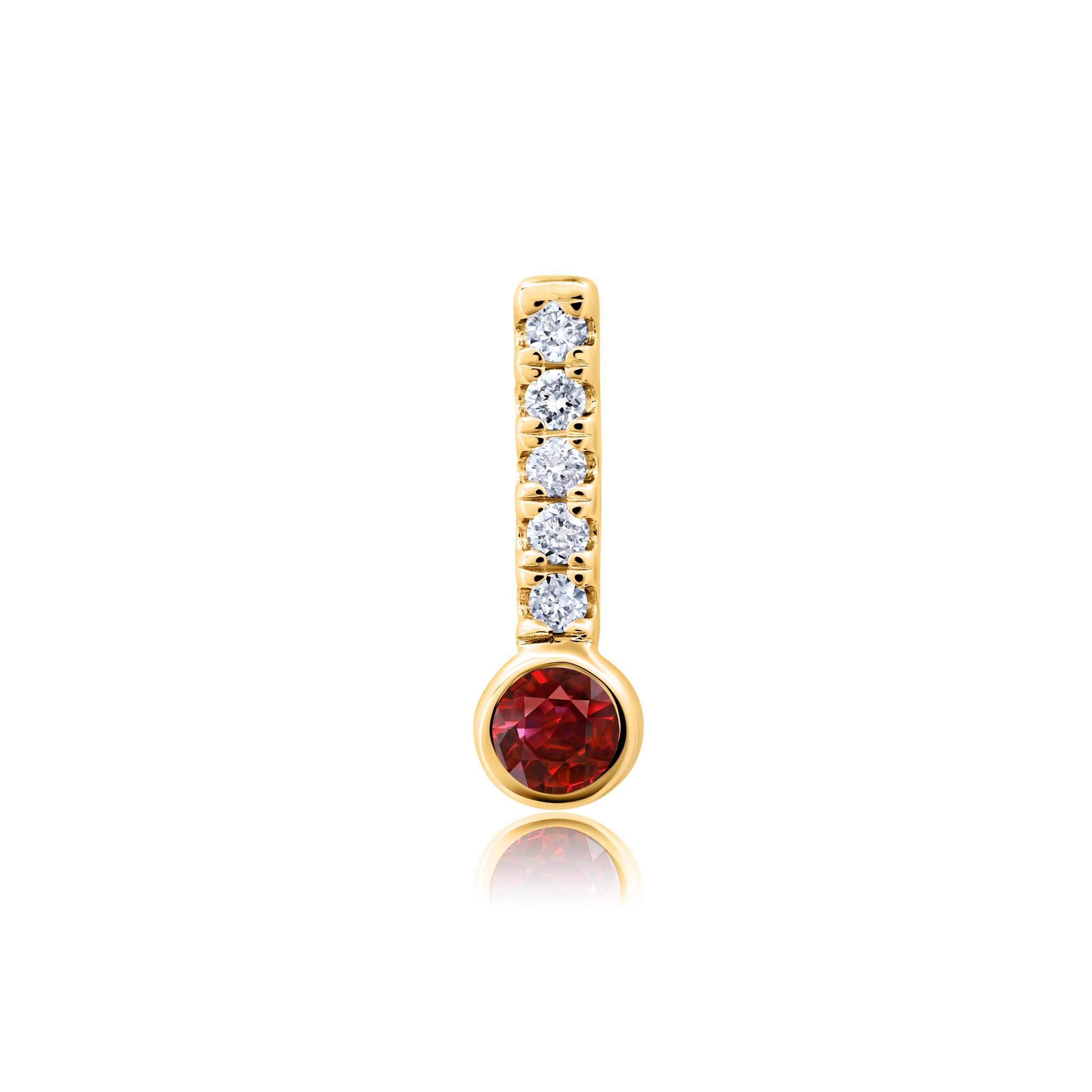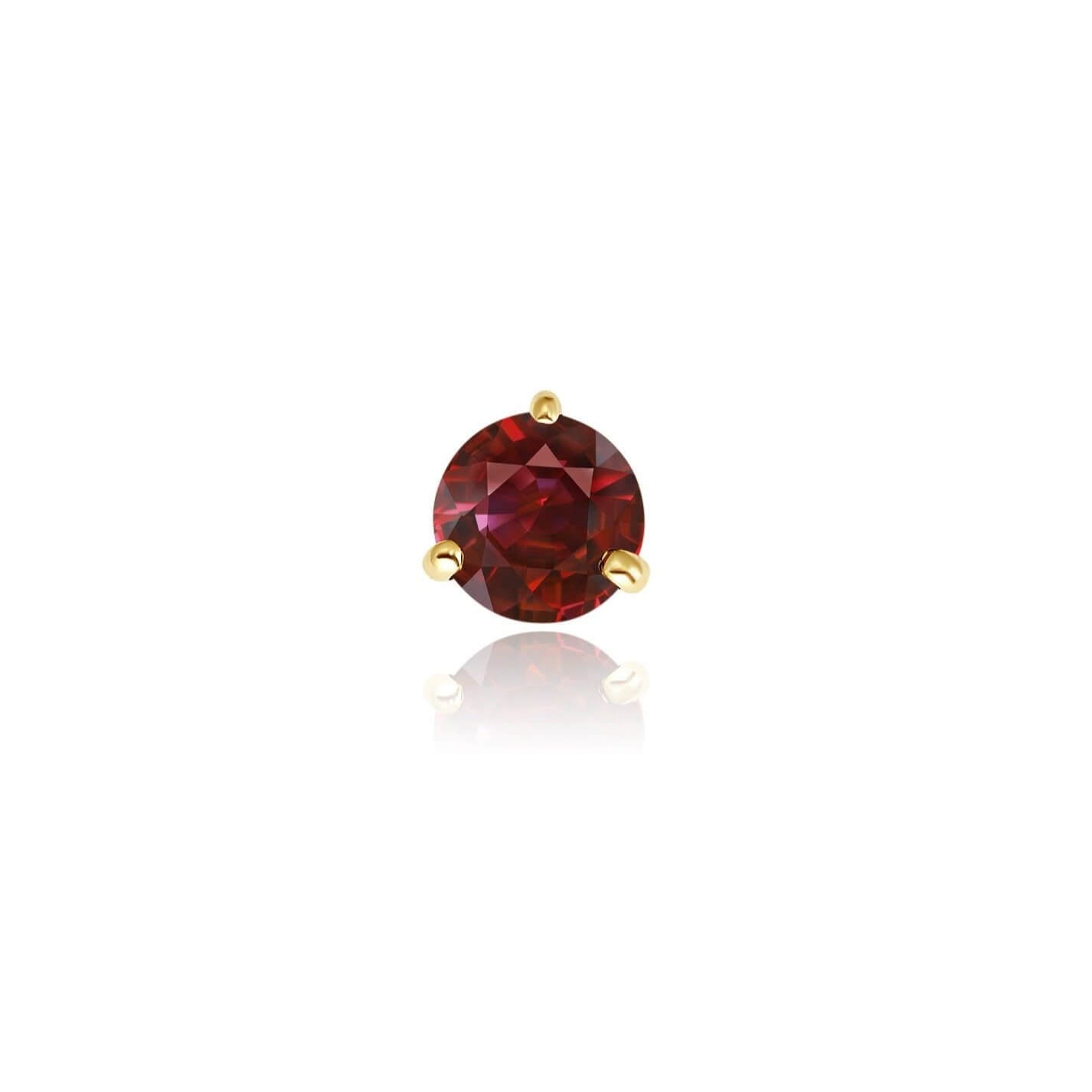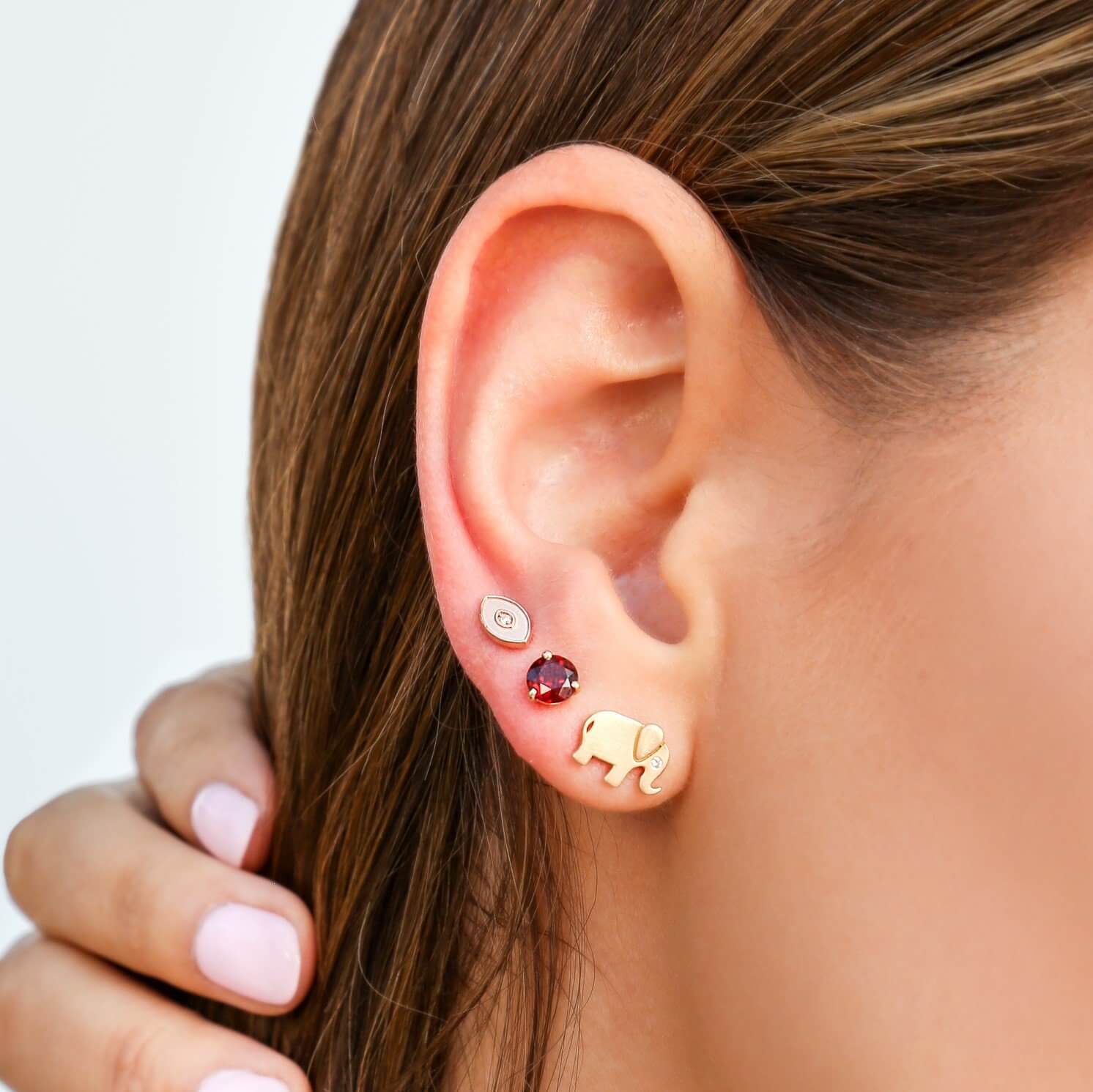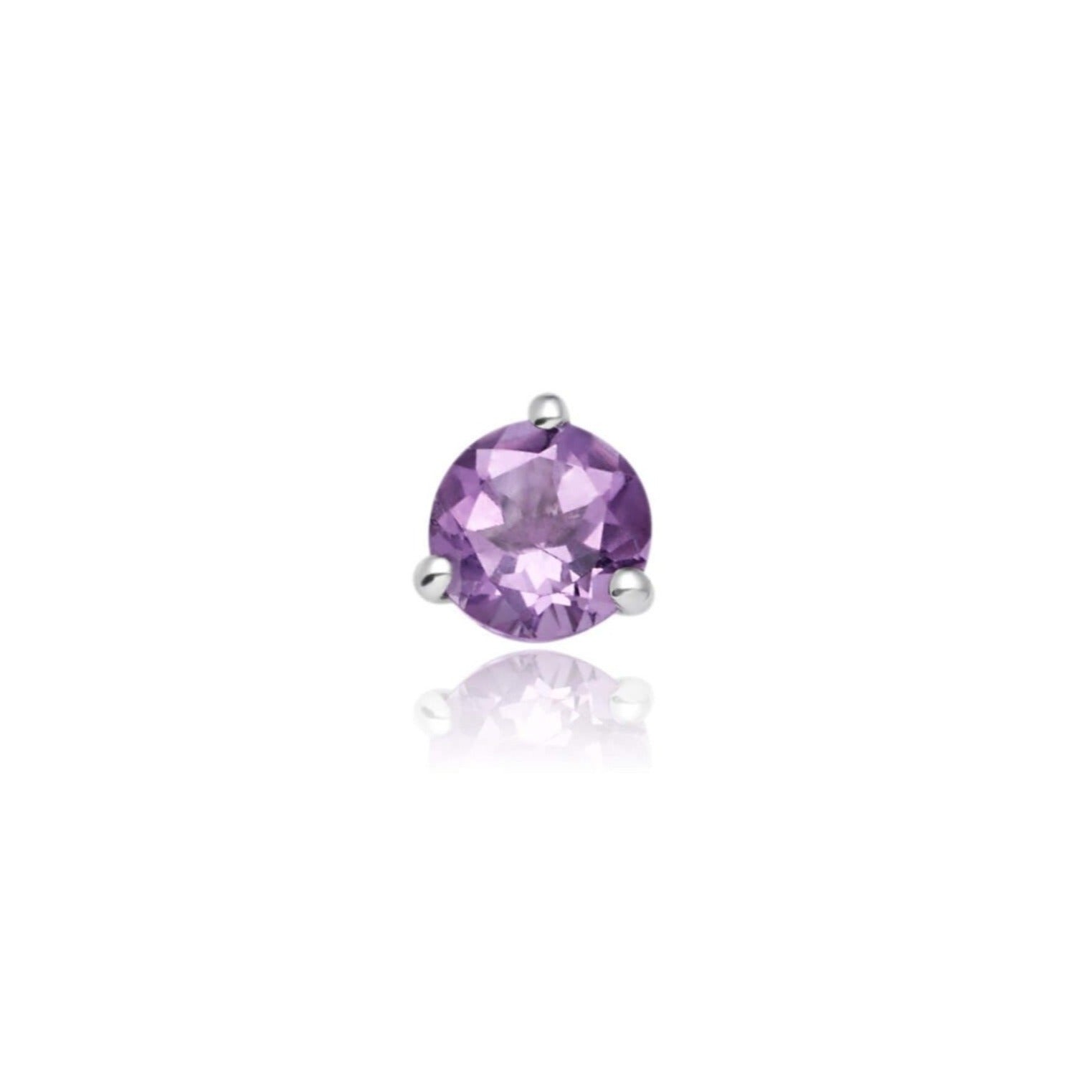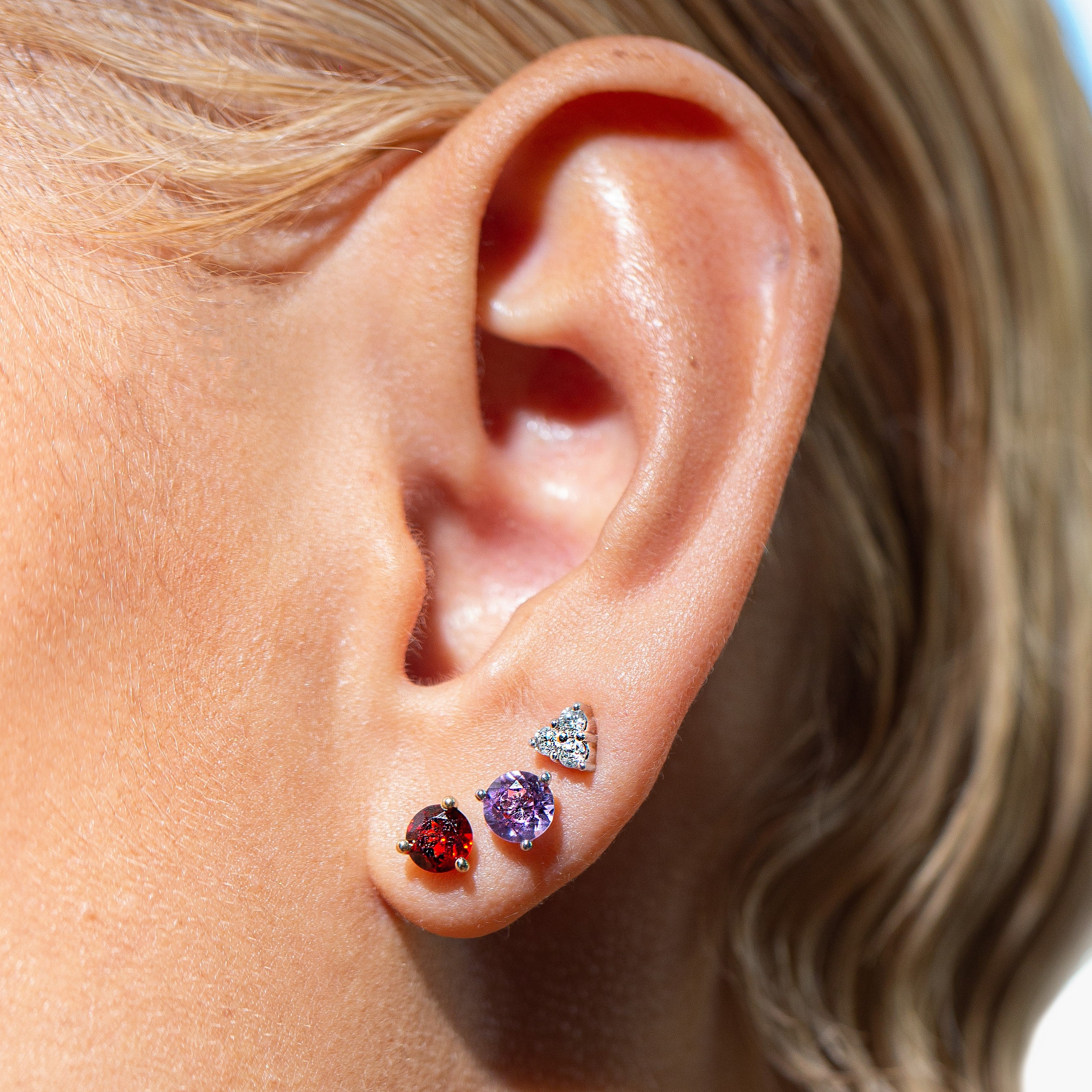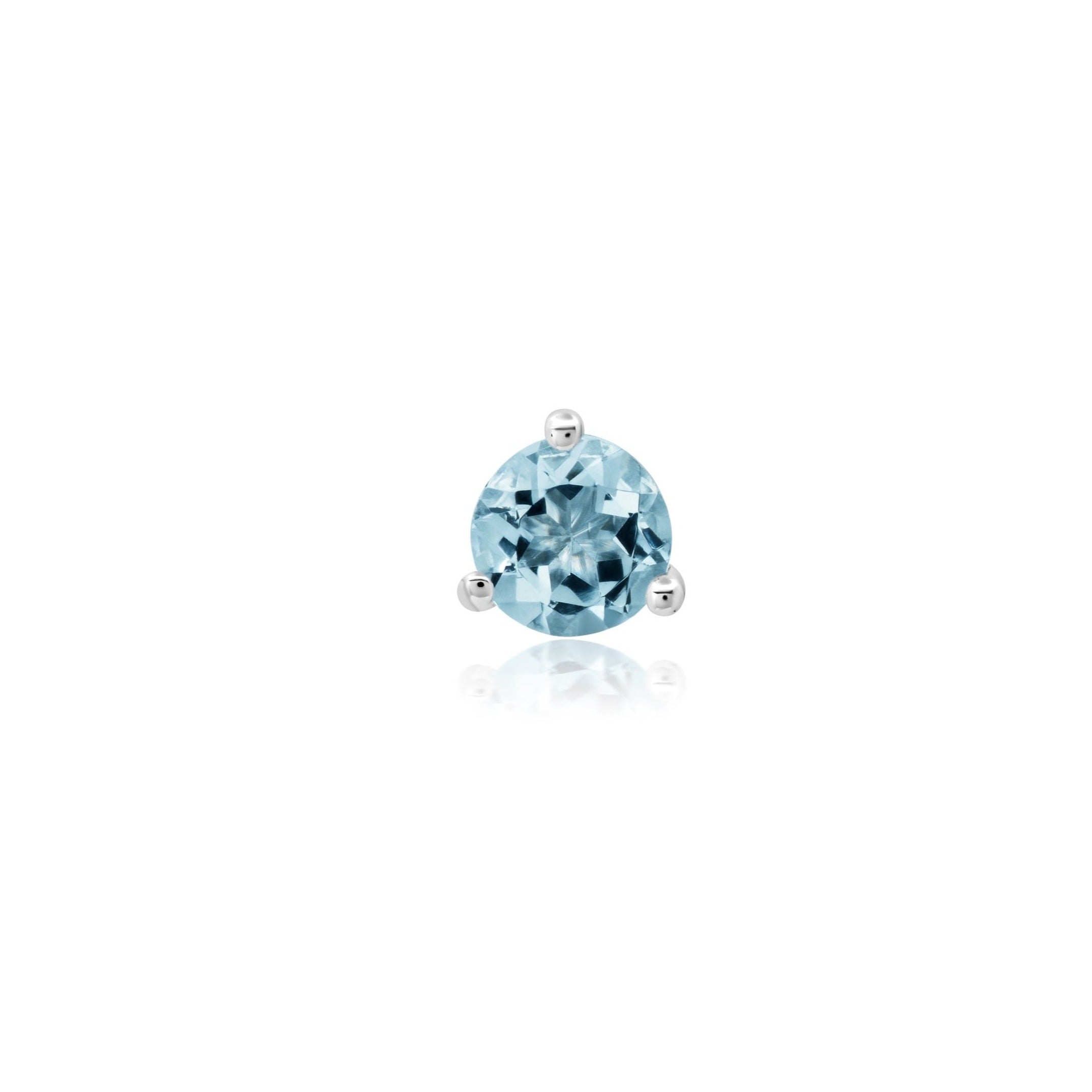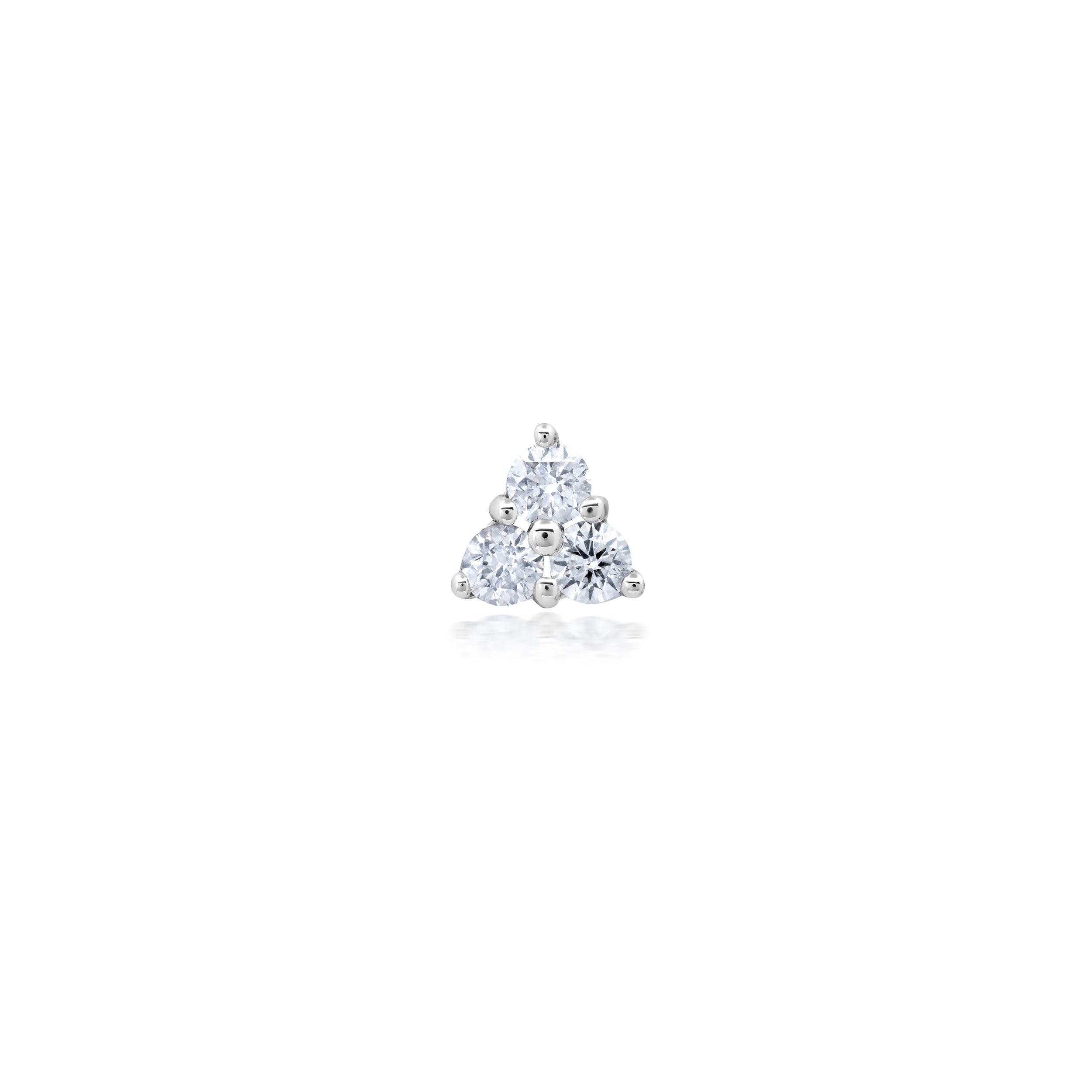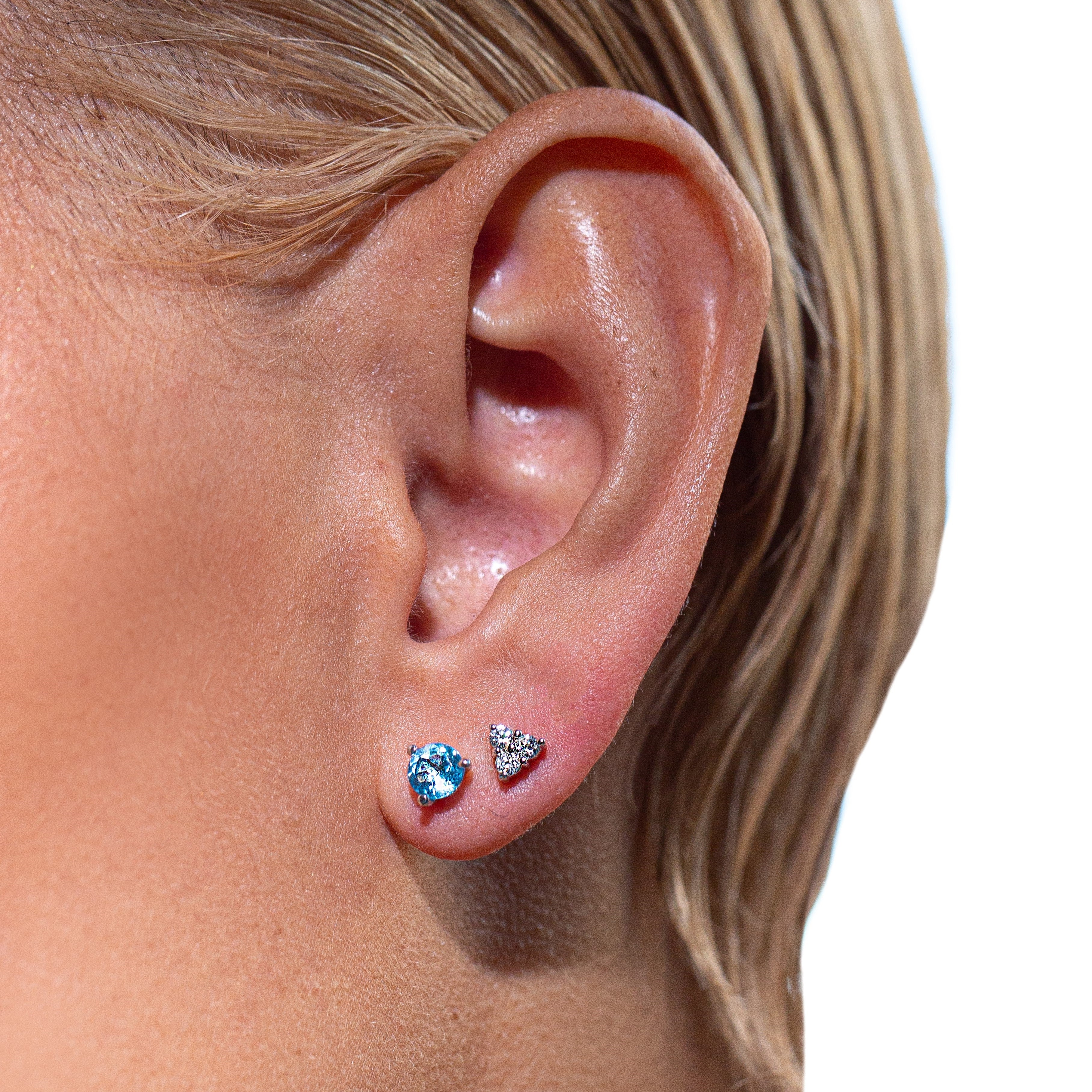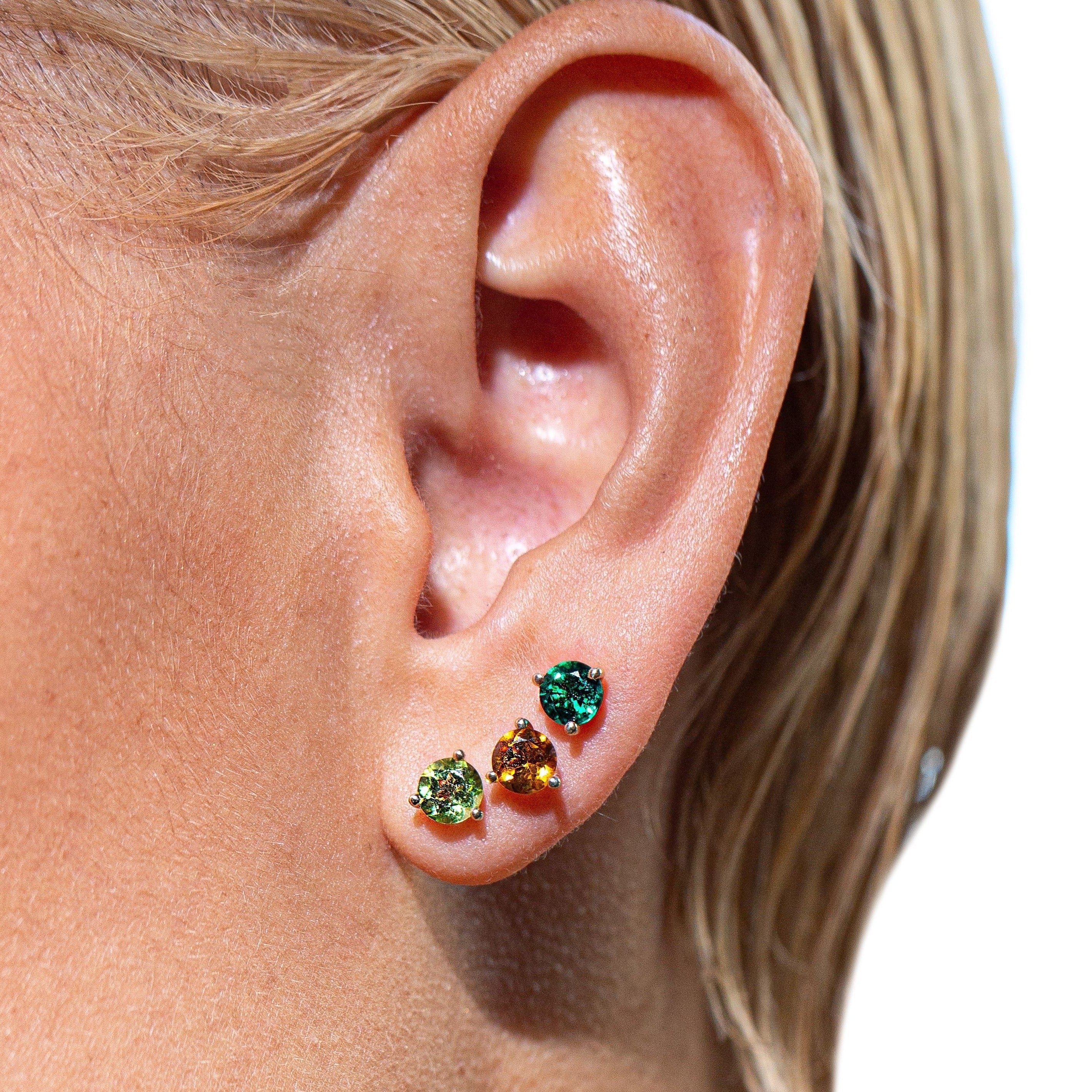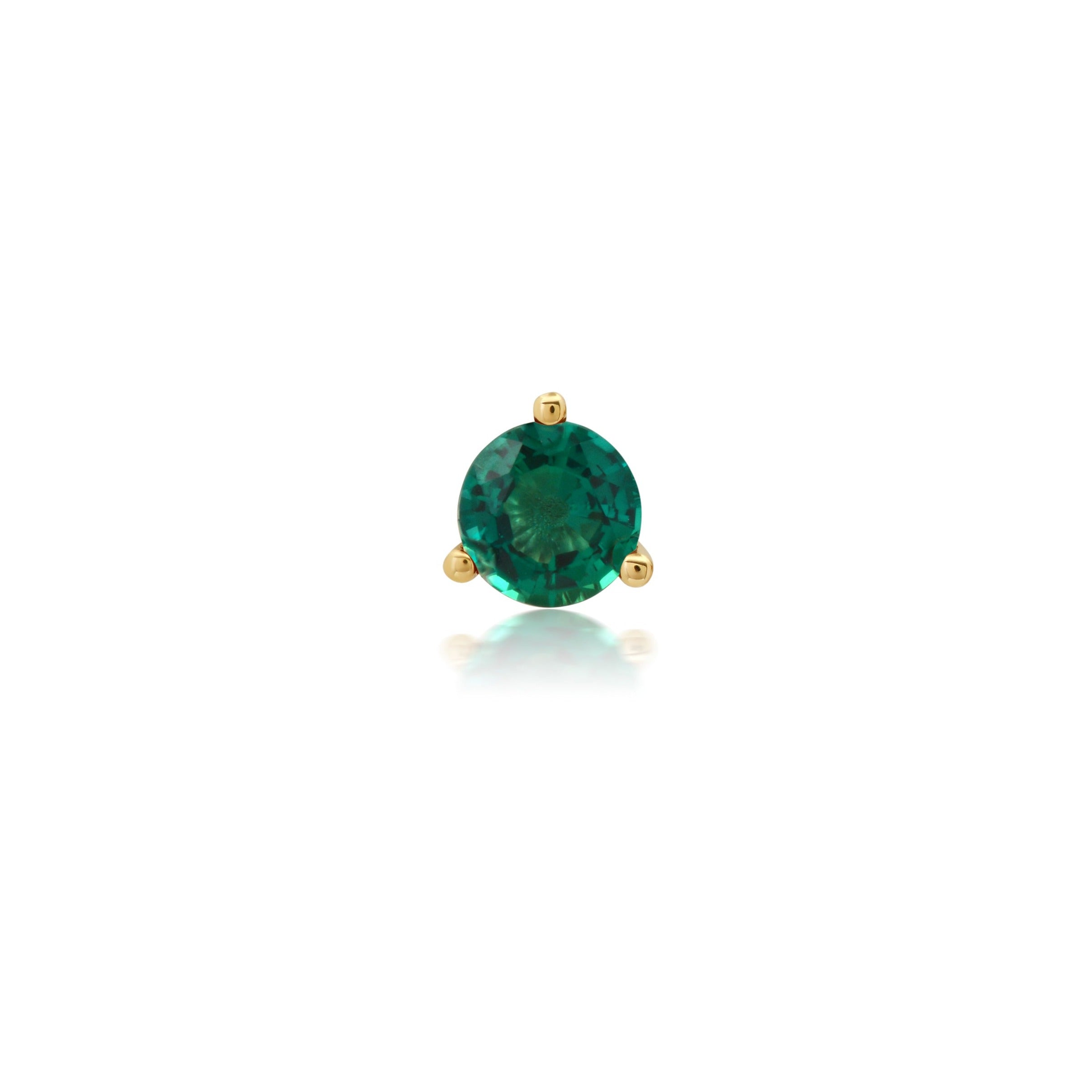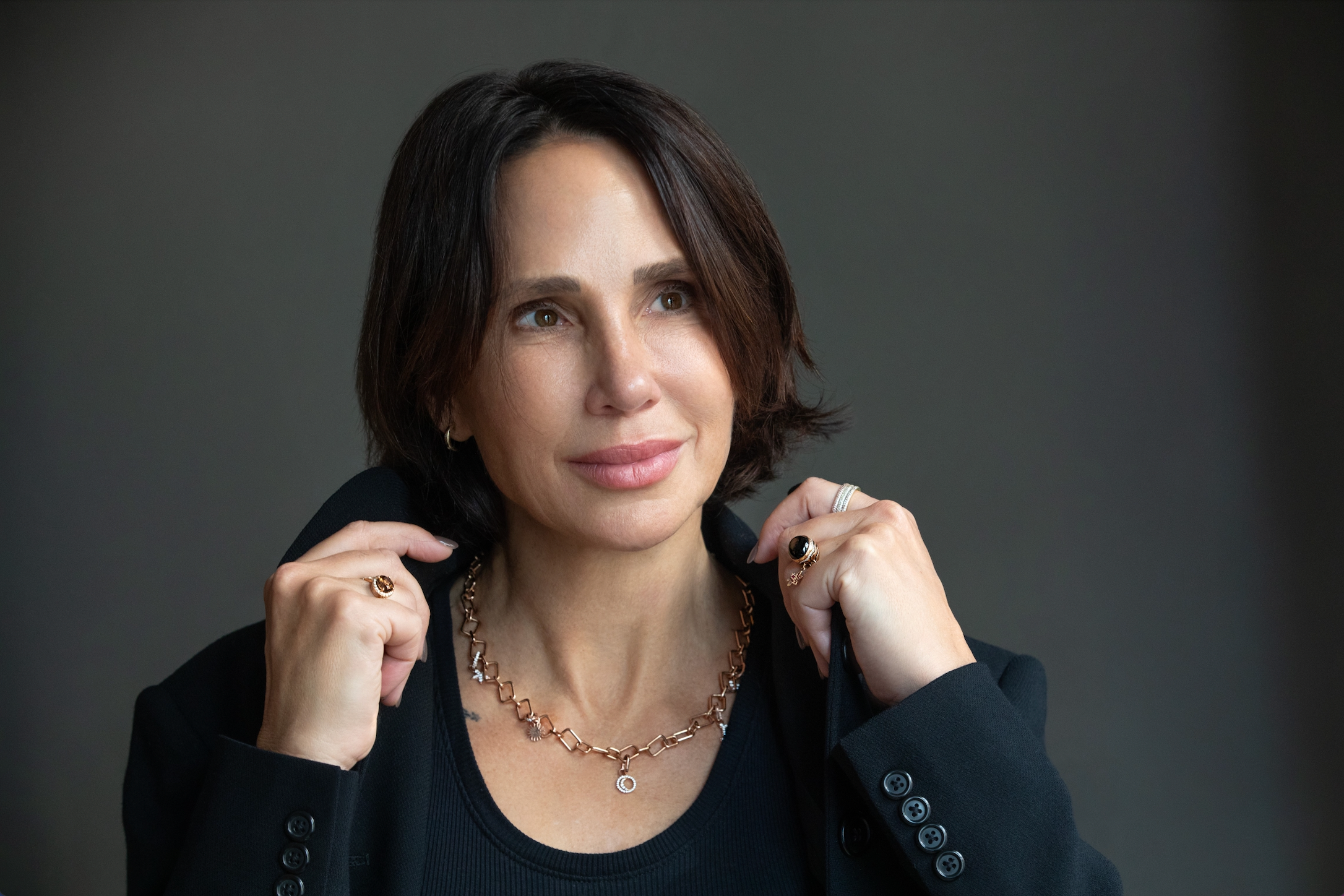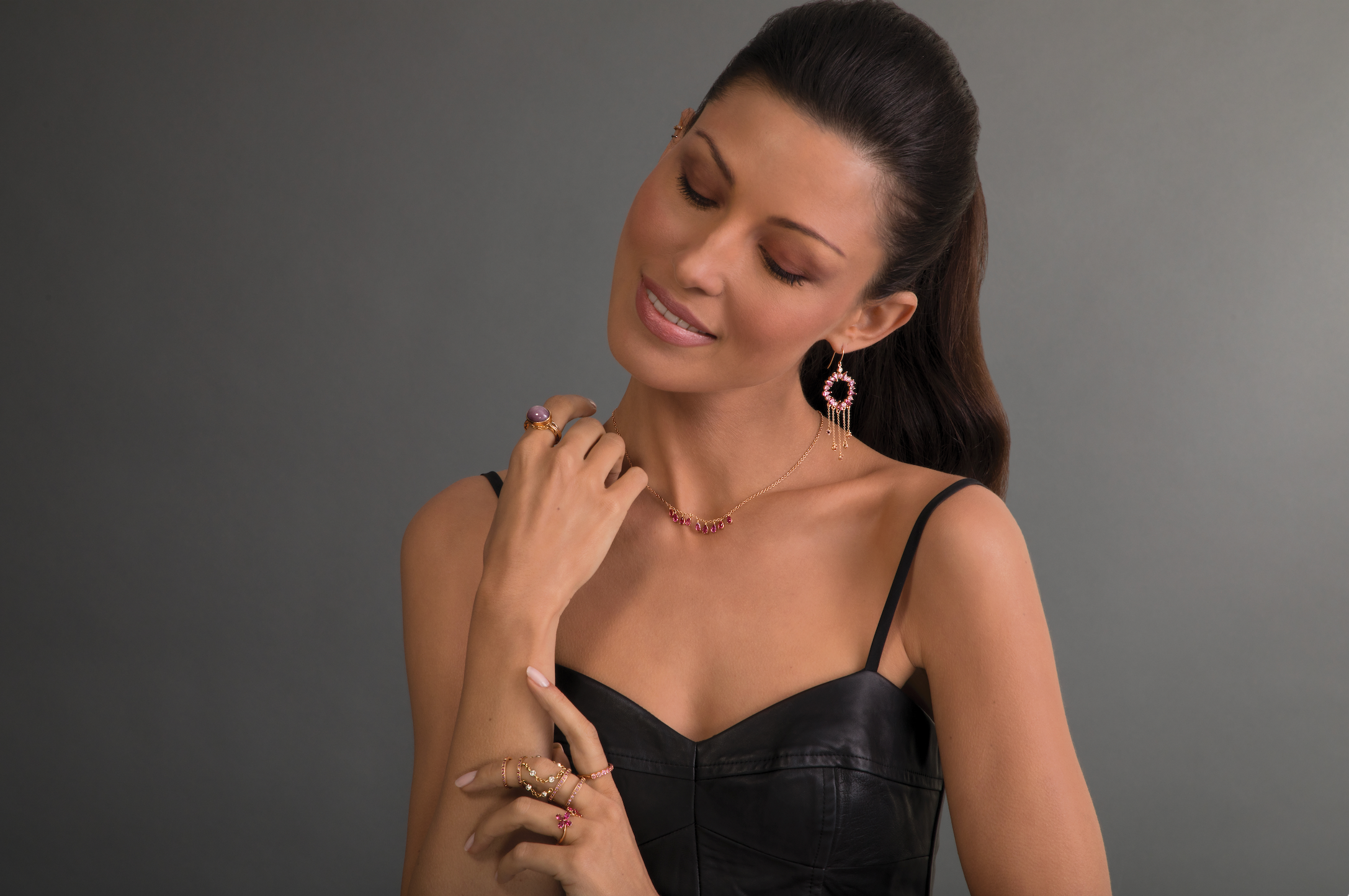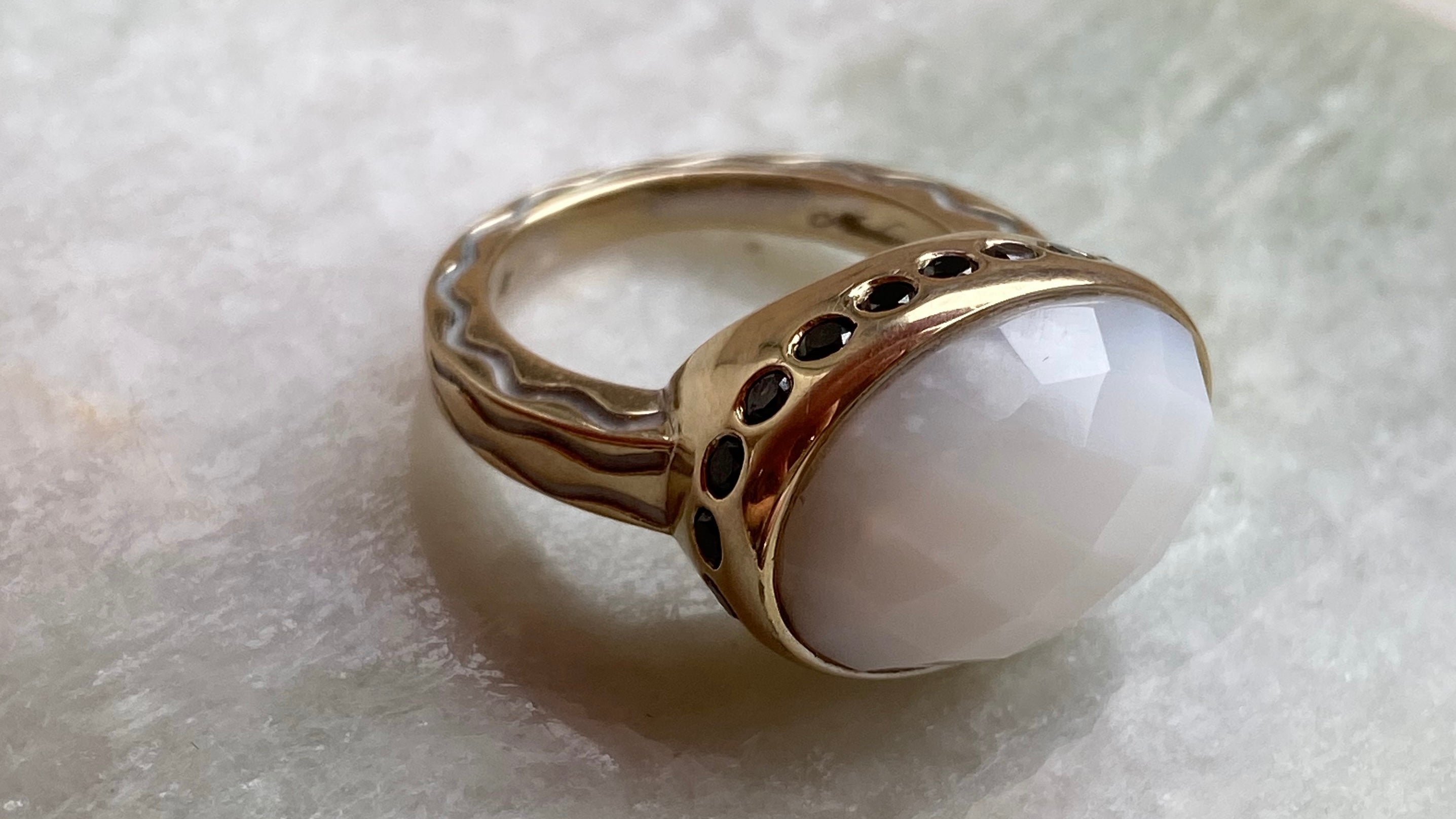
Opal Ring: Can You Wear It Every Day? Let's Find Out!
Play-of-color : An optical phenomenon exclusive to opals. When light strikes an opal, the result is ripples of color that seem to change, float, and billow within the stone.
Opal is unlike any other gemstone.
Notoriously delicate, opal ring wearers are often advised to proceed with caution, leaving them to ask the million dollar question, “Can I wear my opal ring everyday?”. Valid. Some opals are prone to cracking, loss of color, and overall damage.
A stone so singular deserves a deep dive. Join us as we dissect just what makes the October birthstone so remarkable, and bring clarity to all of your opal ring conundrums. We promise, a stone this gorgeous is worth it.
UNDERSTANDING OPALS

Opals are the artisans of gemstones. With properties unlike any other, the world of opals in and of itself possess a vast range of color, transparency, and accessibility. It’s easy to understand why the opal’s play-of-color has enchanted jewelers for centuries. But not all opal rings are suited to throw on and go.
Coming in at a 5.5-6.5 on the Mohs scale, the system that rates the hardness of minerals, opals are much softer than diamonds or sapphires. They are durable, but can be more damage prone than many other gemstones used in jewelry. Water, hand sanitizer, lotions, perfumes, even natural body oils can interfere with the true color and play-of-color of some opals. Opals do not love cold weather, as long term exposure to the cold can lead to cracking. Even dust can cause scratches, as quartz, commonly found in dust particles, is just hard enough to scratch an opal. For long term storage, opals require just the right amount of humidity (more on that in a bit). And the only way to clean an opal is occasionally with warm water and soap.
Finicky as they can be, their beauty is an unmatched marvel of the natural world. And for this, we love them.
There are two primary types of opals: Precious opals and common opals. The main feature differentiating these two is the concentration of silica spheres.
Opals are composed of water and tightly packed “silica spheres” responsible for producing their coveted play-of-color. These spheres arrange themselves in stacks that determine the layering of the stone, and thereby, how light and color will dance.
Typically darker in color, precious opals have a high concentration of silica spheres, resulting in brilliance and dimension in play-of-color.
Typically lighter in color, common opals have a lower concentration of silica spheres, with little to no play of color.
Within these two groups are countless different opal varieties, all ranging in color, clarity, and hardness: powerful fire opals, premium black opals, shimmering white opals, mesmerizing blue opals, and many more.
OPAL MYTHS AND MISCONCEPTIONS
As with any stone this brilliant, opals are not without an entire mythology, complete with many misconceptions. Let’s demystify some common opal beliefs.
1. Opals are too delicate for everyday wear.
All opals are not created equally. Some are suitable for everyday wear, some are not.
Opals are harvested primarily in Ethiopia and Australia. Ethiopian opals are much more porous, meaning when exposed to water, they will absorb it, which can lead to color loss and cracking. For this, opals of Ethiopian descent are less expensive than those of Australian descent.
Australia is known to be the world’s leading producer of opal. While these opals are generally more expensive, they are durable enough to withstand much of life’s day to day. Not recommended for rigorous activity, these opals are dense enough to withstand water exposure. With proper care, an Australian opal can last a lifetime.
With this, Australian opals are generally suitable for everyday wear and Ethiopian opals can be worn every day, but with more caution.
2. Opals are bad luck.
With the opal’s exclusive play-of-color, unlike any other stone in the world, it has been subject to much hearsay.
In the Middle Ages, opals were referred to as the “magician’s stone,” with the thought that they possessed the God-like power of every gemstone in one. In Plato’s Republic, opals are believed to be an invisibility stone. And somewhere along the line, this brilliant stone developed a false reputation for being “bad luck.”
Perhaps it relates to their singularly unique appearance, or from their mystical abilities to change colors. Opal rings hold a fierce beauty to be revered.
Jewelry experts trace this unfortunate rumor to Sir Walter Scott's popular 1829 novel, Anne of Geierstein, where the main character dies an untimely death by the hands of a cursed opal stone.
Creative literature of the 1800s aside, opals are not bad luck. For as much bad press as they’ve received, there is just as much belief that opals are actually good luck. In the Roman empire, Cesars adorned their wives with opals, believing their play-of-color made them the pinnacle of all precious stones. Arab tradition believes that opals are lightning in physical form. Queen Victoria was a lover of opal. As the royal family was considered the peak of all fashion, she influenced the British population to think more positively of the stone.
Today, opal represents purity, hope, creativity and, yes, even good luck.
3. Opals are challenging to care for.
Australian opals can withstand the day to day, with the exception of rigorous activity and prolonged water exposure.
Any fine jewelry investment worth making will require proper storage, maintenance, and care. Opal rings are not unique in this matter.
If opal speaks to your story, it’s a worthy investment. While it’s softer than most other gemstones, its unique ability to capture light and evoke emotion sets it apart. Any additional care is far outweighed by opal’s singular radiance. Every jewelry box needs an opal ring.
OPAL RINGS FOR DAILY WEAR
We believe in the highest quality opal rings for everyday elegance. Indeed, there are certain design features that can increase wearability of oh-so divine opal rings.
1. Bezel Settings
Bezel settings that encompass the entire outer edge of the stone are ideal for opal rings. This is the most supportive setting.
2. Solid Backing
A solid backing is an excellent way to protect the stone, which leads us into doublets and triplets…
3. Doublets and Triplets
Opal doublets and triplets are common designs that protect and maximize the life of an opal ring. An opal doublet refers to either a supportive backing or a translucent cover of industrial glass, hard plastic, or other gem material. A triplet has both. Sometimes, a triplet can enhance the look of the opal, magnifying streaks of light. While not always necessary, they do provide a helpful level of protection.
TIPS FOR SELECTING AN OPAL RING

For those questing for the perfect opal ring, there are pertinent questions to ask in making your selections.
1. What is the setting?
A bezel setting is the most reliable, and standard for many opal rings. A raised prong setting is an acceptable close second.
2. What is the base metal of the ring?
Does the quality of the band match the quality of the opal? Misahara opal rings are set in a flawless 18k gold band.
PS. As opals are the masters of colorplay, they provide the perfect opportunity to mix and match metals.
3. Are there embellishments? How do they compliment the opal?
Are you a purist or do you enjoy a bit of extra bling? Are the gemstone embellishments set in a way that promotes durability, without chance of scratching or damaging the integrity of the opal?
4. What kind of opal do you want?
And, of course, there are countless different types of opals within the four differentiating categories of precious, common, Australian, or Ethiopian. Misahara offers both white and fire opals in a variety of timeless designs.
The Yola Fire Opal Ring is an enchanting, incandescent fire opal bezel set in 18k rose gold, with a band studded with dozens of white diamonds. And according to last fall’s New York City Fashion Week, fire opals are slated to have a huge spring
With fire opals existing in a vast range of color, brilliance, and clarity, some almost resemble a diamond or sapphire. The distinctive Naughty Eyes Ring is an elegant homage to the magic of yellow fire opals. A creation fit for the wonders of opal.
The Korali Ring, a whimsical fire opal ring donning a sophisticated geometric band of 18k yellow gold is a charming, colorful opal ring created for everyday wear.
A Misahara standard, the Talas White Opal Ring features a white opal center stone surrounded by rare black diamonds. An astonishing display of Misahara’s highest quality craftsmanship and careful attention to detail, the Talas White Opal Ring has secured its place in the heart of Misahara clients.
The Pasala ring features an astonishing white opal with gorgeous play-of-color. Enhanced with luminous white diamonds and smoky quartz, all eyes are on this remarkable diamond opal ring.
Keeping in line with Misahara’s commitment to everyday luxury, each and every one of our opal rings is suitable for everyday wear. Constructed using the highest quality natural opals by the finest artisans New York City has to offer, with proper care, these rings are built to last a lifetime.
MAINTENANCE AND CARE OF OPAL RINGS
Opal rings, as all rings, require care. In particular, opals should not be exposed to intense physical activity or submerged in water long term. While our rings are of the market’s highest quality, and are suitable for everyday wear, we do recommend removing them for intense physical activity, swimming and showering. A good rule to practice is “last on, first off.”
Opal rings should be cleaned occasionally with warm soap and water. For short term storage, a padded cloth bag will do. For long term storage, wet a cotton pad with just a few drops of water, wrap the pad around the ring, and place in a plastic bag. As opals are composed partially of water, if left to dry out over time, an opal ring will only become more prone to drying out and cracking. As secure as a lockbox or safe may be, opal is sensitive to low humidity, and these can be too dry. And finally, bundling opal jewelry with diamond or sapphire jewelry exposes the opal to potential scratches. It’s best to store opal rings separately.
While opal engagement rings have become increasingly popular, they’re not without considerations for the long-term wearability. Diamond or sapphire is probably the way to go if looking for a low maintenance ring that can withstand all of life’s unpredictable moments.
AN OPAL’S CHARM
Opals possess a profound, intimate magic. The word opal literally originates from the Greek word opallios, which meant “to see a change in color.” Possessing this ability, opals are mysterious, fascinating, powerful…as diverse and color-bending as a winter’s snowfall.
"Opals are an amazing gemstone for so many reasons. Personally I love the rainbow of colors. They remind me of the kaleidoscopes we used as children. I was always drawn to the colors inside those handheld kaleidoscopes. Opals are another example of the beauty and miracle of nature." -Lepa Galeb-Roskopp
Artisan crafted opal rings absolutely have a place in your everyday jewelry box.As do equally alluring opal earrings, like the best selling Misahara Mini Opal studs. Or hypnotic natural opal necklaces like the Adriana White Opal Necklace or the Nzari fire opal necklace, two of Misahara’s first designs.
CLOSING THOUGHTS
Opals have inspired our hearts and imaginations for centuries. With alluring, mysteriously magical properties, the opal has built a mythology equated to that of kings and queens. Evoking love, creativity, and providing a channel for us to tap into our most playful qualities, opals represent all that is indescribable, rare beauty. One of Earth’s very most precious and inexplicable gifts, opal is divine. With proper care, you should feel confident to wear your opal rings every day.
A story of light within a single stone: Opals are the pinnacle of the everyday luxury we seek to share with you. Masters of individuality, diversity and play, we can all learn something from the opal.

